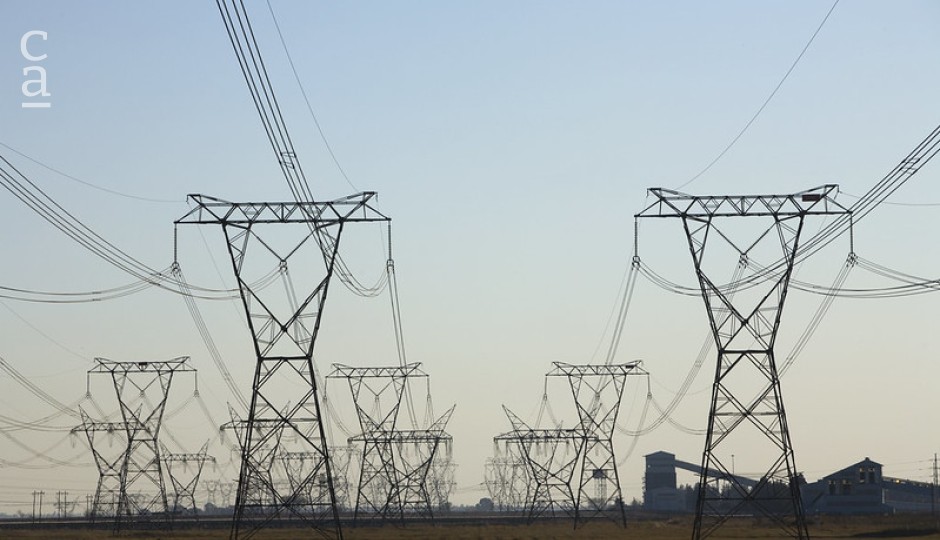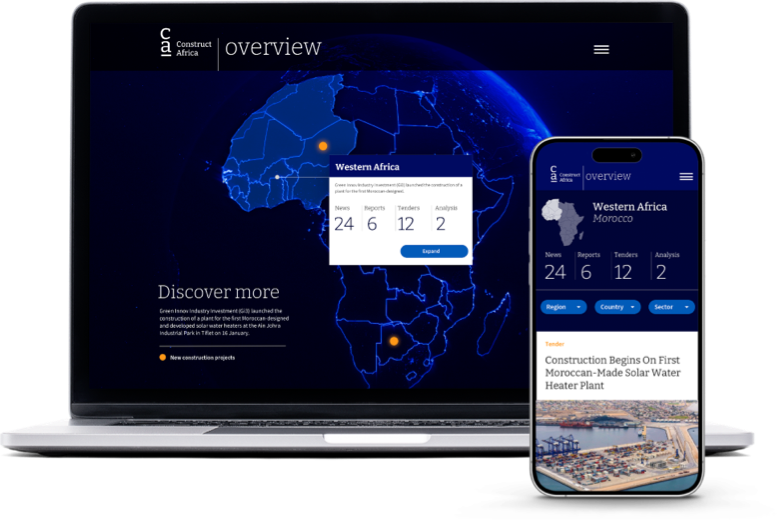DRC-Zambia Power Interconnector Project Progresses
FreeKalumbila-Kolwezi line to reach financial close in 2025.

Private electricity trader Enterprise Power DRC (EPDRC) has signed a lead arranger mandate with the IFC to finance the construction of the Kalumbila-Kolwezi interconnector project (KKIP) between the Democratic Republic of Congo (DRC) and Zambia.
The project is being developed by EPDRC and its subsidiary Enterprise Power Zambia, and involves the design, financing, construction and operation of a 330kV line linking mining regions in Kolwezi in the DRC’s southern Lualaba province and Kalumbila in Zambia’s Northwestern province.
The KKIP will be about 190km long and is designed for a thermal limit of 700MW. It is expected to increase transmission capacity between the DRC and Zambia, with both countries currently facing shortfalls in supply.
The interconnector will facilitate exports from Zambia and other member countries of the Southern African Power Pool (SAPP) to the DRC and conversely. It is also set to assist in stabilising and securing the current power grids in the DRC’s mineral-rich Katanga area and Zambia’s Northwestern province.
EPDRC has signed a power supply agreement for 350MW with Zambia Electricity Supply Corporation (Zesco). The developer plans to reach financial close by mid-2025, followed by construction of the interconnector over 30 months.

Source: EPDRC
The DRC and Zambian governments signed inter-governmental and inter-utility memorandums of understanding for the KKIP project in June 2022.
The scheme's feasibility, detailed design studies and environmental and social impact assessments (ESIA) have been approved by both governments. The building permit has been issued by the Zambia Energy Regulatory Commission and concession/implementation agreements signed by the energy ministries. EPDRC has also obtained an electricity import licence in the DRC.
In early April, Enterprise Power Zambia was granted an electricity trading licence by Zambia’s Energy Regulation Board (ERB) while EPDRC became a SAPP market participant, authorised to trade power on the SAPP day-ahead market.
The KKIP is seen as a stepping stone towards installing downstream evacuation infrastructure to leverage the DRC’s immense hydropower potential for Katanga and for new copper mines at Kalumbila.
The project is aligned to the African Union’s Programme for Infrastructure Development in Africa (PIDA), especially the North-South Power Transmission Corridor, a proposed 8,000km line running from Egypt through Sudan, Ethiopia, Kenya, Tanzania, Malawi, Mozambique, Zambia and Zimbabwe to South Africa.

Source: Africa-EU Energy Partnership, August 2023
The KKIP has an estimated cost of US$250 million. African Infrastructure Investment Managers (AIIM) co-signed the IFC mandate and is expected to extend equity funding to the project.
According to Emmanuel Kalenga, managing director of Enterprise Power Zambia, this will be the first privately developed and financed high-voltage transmission line across two countries in Sub-Saharan Africa.
It will be project-financed by equity investors and the IFC will structure the debt for the deal by bringing in other development finance institutions (DFIs).
“The DRC has been undergoing a chronic shortfall of energy and what this line represents is the increase of capacity from interconnecting the DRC to Zambia and further to the regional network [SAPP],” said Kalenga. “It will guarantee additional energy into the DRC [and] for our mining clients.”
Kalenga said KKIP is one of the key solutions that Enterprise Power Zambia has presented to the Zambian government to tackle the country’s energy shortage since the interconnector can be used to import power from the region.
He added that the company will be supported by two recent mandates introduced by the Zambian authorities. The first is the open-access regulations, under which the KKIP line will operate, enabling other parties to transmit power through the line via agreements with Enterprise Power Zambia. The second mandate is net metering, which will enable the developer to absorb excess power, offtake it and transmit it to areas of demand.
Zambia already has an interconnector in place with the DRC – a 220kV line with 250MW of capacity co-owned and operated by Zambia’s Copperbelt Energy Corporation (CEC) and DRC state power utility SNEL since 1956. The line is currently being upgraded to a dual-circuit interconnection, which will increase its capacity to 550MW, a move expected to further strengthen the SAPP central power corridor.
Top photo: Transmission lines (Source: Flickr @ John Hogg/World Bank)
Discover
myConstructAfrica
Your one-stop-shop for information and actionable intelligence on the construction and infrastructure pipeline in African countries
- News, analysis and commentary to keep up-to-date with the construction landscape in Africa.
- Industry Reports providing strategic competitive intelligence on construction markets in African countries for analysts and decision-makers.
- Pipeline Platform tracking construction and infrastructure project opportunities across Africa from conception to completion.
- Access to contact details of developers, contractors, and consultants on construction projects in Africa.
- News and analysis on construction in Africa.
- Industry Reports on construction markets in African countries.
- Pipeline platform tracking construction and infrastructure projects in Africa.
- Access to contact details on construction projects in Africa.





